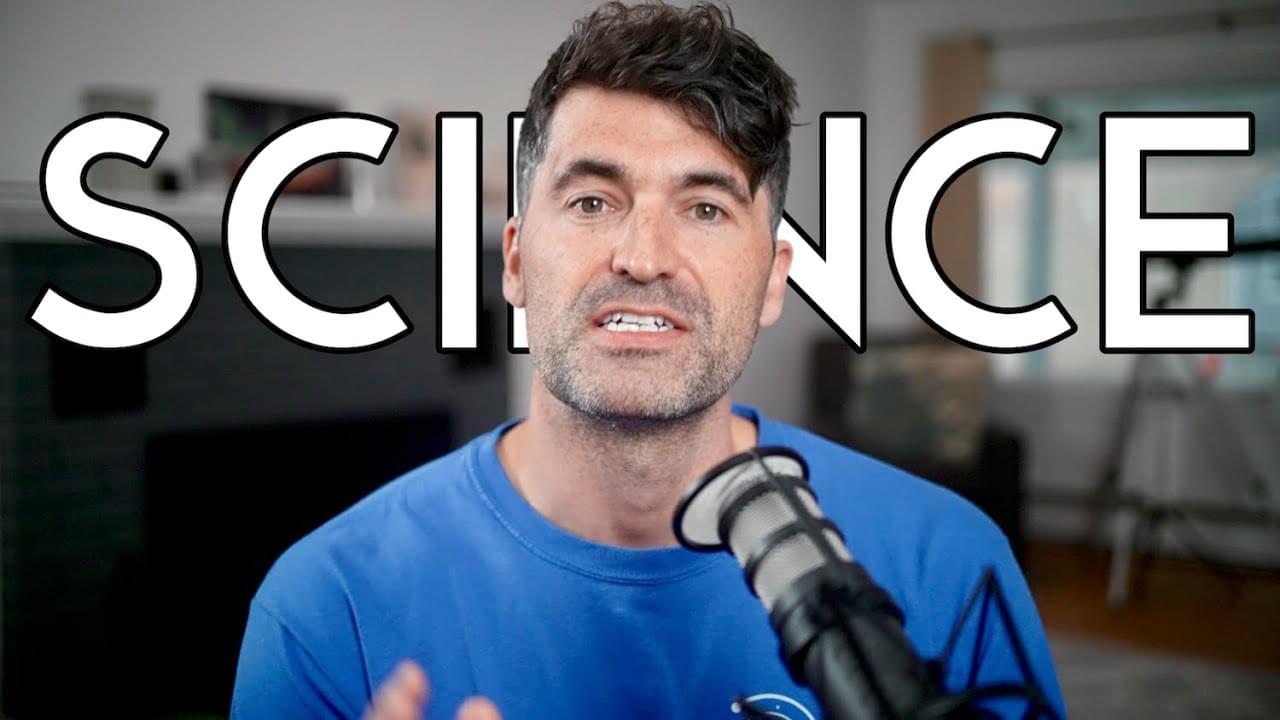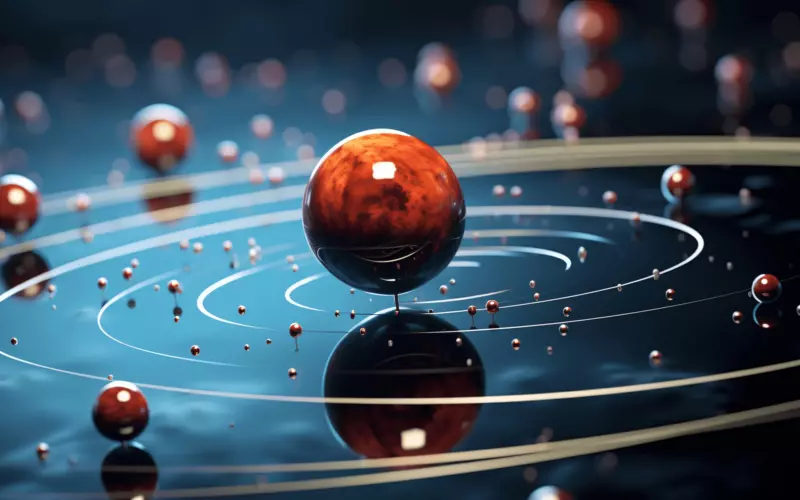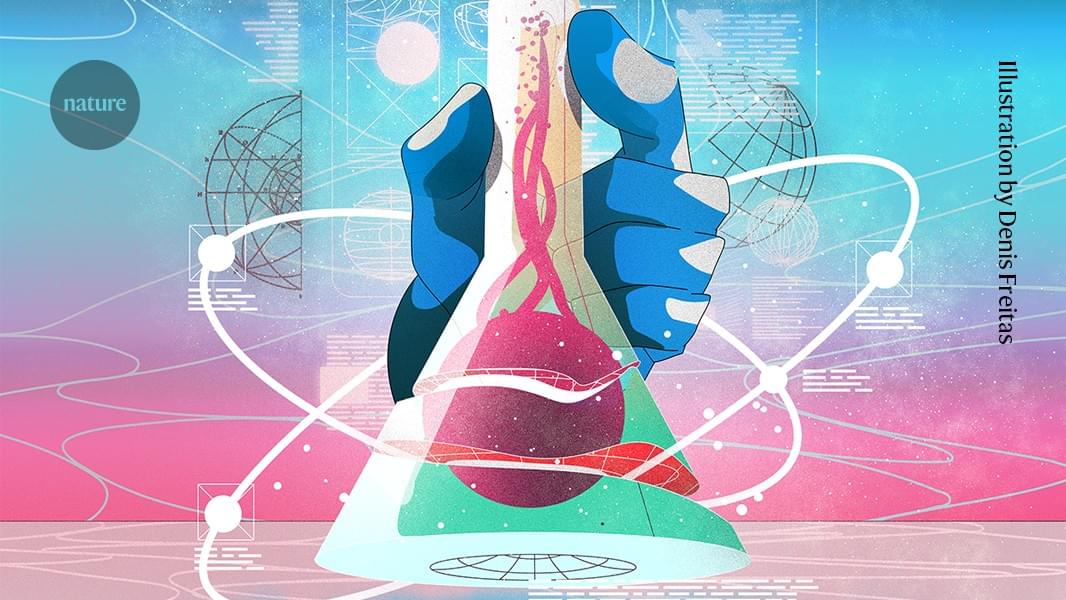Despite groundbreaking innovations, many promising companies in this space struggle.
Category: science – Page 2
Subscribe for exclusive content at https://lawrencekrauss.substack.com/
Learn more and support the foundation at https://originsproject.org/
Connect with Sabine:
https://www.youtube.com/channel/UC1yNl2E66ZzKApQdRuTQ4tw.
https://www.instagram.com/sciencewtg/
Connect with Lawrence:
https://www.youtube.com/@lkrauss1
Tweets by LKrauss1
https://www.instagram.com/lkrauss1/
A note from Lawrence:
I’m excited to announce the third episode of our new series, What’s New in Science, co-hosted by Sabine Hossenfelder. Once again, Sabine and I each brought a few recent science stories to the table, and we took turns introducing them before diving into thoughtful discussions. It’s a format that continues to spark engaging exchanges, and based on the feedback we’ve received, it’s resonating well with listeners.
This time, we covered a wide range of intriguing topics. We began with the latest buzz from the Dark Energy Spectroscopic Instrument suggesting that dark energy might be changing over time. I remain skeptical, but the possibility alone is worth a closer look. We followed that with results from the Euclid space telescope, which has already identified nearly 500 strong gravitational lensing candidates—an impressive yield from just the early data.
Our minds are not hard-wired by age 18. They are changeable through our lives. Hear from people whose brains have changed to overcome disabilities.
Find us on social media!
X: https://ow.ly/FZBj50StcJb.
FB: https://ow.ly/1J7y50StcFW
TikTok: https://ow.ly/XmLR50StcKY
X (formerly Twitter)
MagellanTV Documentaries (@MagellanTVDocs) on X
The premiere documentary streaming platform for the lifelong learners out there.
Log into Facebook.
Log into Facebook to start sharing and connecting with your friends, family, and people you know.
Explore the world of scientific models and their effectiveness in explaining reality, from Einstein’s Theory of Relativity to Darwin’s Theory of Evolution. Discover why some argue that these models are true explanations, while others view them as superfluous to the theories of science.
Without clear protocols to catch errors, artificial intelligence’s growing role in science could do more harm than good.
Modern science has done astounding things: sending probes to Pluto, discerning the nature of light, vaccinating the globe. Its power to plumb the world’s inner workings, many scientists and philosophers of science would say, hinges on its exacting attention to empirical evidence. The ethos guiding scientific inquiry might be formulated so: “Credit must be given to theories only if what they affirm agrees with the observed facts.”
Featured Videos.
Those are the words of the Greek philosopher Aristotle, writing in the fourth century BCE. Why, then, was it only during the Scientific Revolution of the 17th century, two thousand years later, that science came into its own? Why wasn’t it Aristotle who invented modern science?
Astronomers using the James Webb Space Telescope have discovered the most distant quiescent galaxy ever seen – one that had already stopped forming stars just 700 million years after the Big Bang. This challenges existing models of galaxy evolution, which can’t explain how such massive, red and
“No two ways about it,” Altepeter told Breaking Defense today. “The number of companies that we’re announcing is a surprise to me. I did not expect we would get this many.”
For the winning teams, the value of QBI is not just the money. Indeed, first-round grants like those being announced today have typically been under $1 million — small change not just for the Pentagon but for tech firms and venture capitalists already investing billions into quantum ventures. We suggested everybody apply for a million, [but] some people came in and said they were going to do it for less, Altepeter said.
The unique value of a QBI award is that it gives the winning companies access to a DARPA-led team of quantum experts, pulled from both US government labs, including the famous Los Alamos, and federally funded research institutions. Their job is to act as independent testers, fresh eyes, and devil’s advocates, rigorously scrutinizing each participant’s quantum strategy.
Is there a hidden dimension beyond space and time, a cosmic shortcut that could let us defy the speed of light? From warp drives to wormholes, science fiction has long dreamed of hyperspace travel—but could it ever be real?
Watch my exclusive video The End of Science https://nebula.tv/videos/isaacarthur–…
Get Nebula using my link for 40% off an annual subscription: https://go.nebula.tv/isaacarthur.
Get a Lifetime Membership to Nebula for only $300: https://go.nebula.tv/lifetime?ref=isa…
Use the link gift.nebula.tv/isaacarthur to give a year of Nebula to a friend for just $30.
Visit our Website: http://www.isaacarthur.net.
Join Nebula: https://go.nebula.tv/isaacarthur.
Support us on Patreon: / isaacarthur.
Support us on Subscribestar: https://www.subscribestar.com/isaac-a…
Facebook Group: / 1583992725237264
Reddit: / isaacarthur.
Twitter: / isaac_a_arthur on Twitter and RT our future content.
SFIA Discord Server: / discord.
Credits:
What Is Hyperspace? Exploring the Science Behind FTL
Episode 492; March 27, 2025
Written, Produced & Narrated by: Isaac Arthur.
Edited by: Merv Johnson II
Select imagery/video supplied by Getty Images.
Music Courtesy of Epidemic Sound http://epidemicsound.com/creator.
Phase Shift, \









